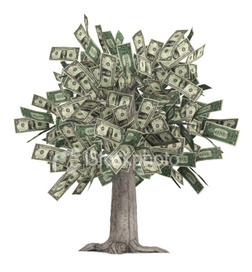Naturally, I went downtown to the Museum of Jewish Heritage yesterday for the ceremony inaugurating the display there of Portrait of Wally, the Schiele painting that has been locked in a warehouse, its ownership the subject of dispute since 1998. (As I’ve mentioned here and here, it was my 1997 article in The New York Times, which chonicled Rudolph Leopold’s “zealous” collecting and how he came to own it, that essentially launched the cases that the heirs of Lea Bondi Jaray (photo, below) won last week.)
 A lot of people spoke yesterday, giving credit to some of the many people who played a part in this drama, and talking about justice being done, finally.
A lot of people spoke yesterday, giving credit to some of the many people who played a part in this drama, and talking about justice being done, finally.
Some also talked about the impact of this case, which is true — the furor it sparked in Austria, where Wally was stolen, led to many more investigations and pressured the government there and in other European countries to change their laws and to return many stolen art works to their rightful owners.
But Andre Bondi, who talked on behalf of the family, spoke most eloquently, making those points and more. As I’ve noted, his father Henry, Lea Bondi’s nephew and one of my early sources (but not for the first story), died some years ago.
After noting that this case had revived many awful memories, Andre told a story about his father. The initial subpoena by the Manhattan D.A. keeping the painting here had been thrown out, and the family thought the cause was lost — only to learn that a seizure warrant had been issued, hours before it was shipped.
Henry received the news sitting in a wheelchair in his driveway, and he marveled at what the U.S. government — in many manifestations — was doing to get the painting back. No Austrian agency had ever done anything, Henry Bondi had said. “He shook his head in wonderment and disbelief that justice was finally being done,” Andre recounted.
Andre cried when he said those words, and so did many of us in the audience. This case does indeed say something good about America.
When I went upstairs to look at Wally, the first time I’d seen her since she hung on the walls at MoMA in 1997, she was smaller than I remembered: she had, of course, grown in my mind because she has come to loom so large in the annals of justice. And also, perhaps because, as another speaker had said earlier, she “has seen so much.”
But she looked beautiful. (You may see her at either of the links above.)
Before leaving, I spoke with Andre, who had been kind enough to cite my contribution in this case in his speech, and I gave him a hug.
Wally remains on view at MJH through Aug. 18. Here is a link to the label, with the wording about the case that, I gather, will also be posted at the Leopold Museum when she returns to Vienna, to be near Schiele’s matching self-portrait.
Photo Credit: Museum of Jewish Heritage

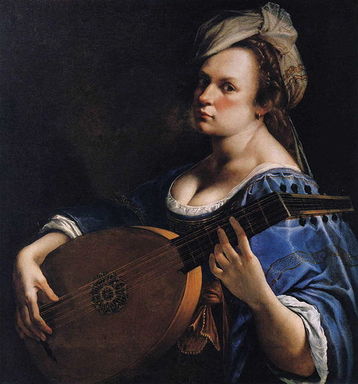
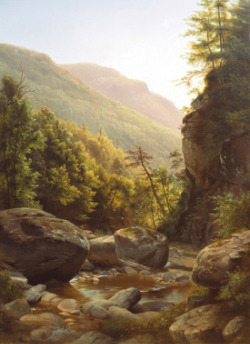 They and a half-dozen or so additional artists are the subject of an exhibit at the
They and a half-dozen or so additional artists are the subject of an exhibit at the 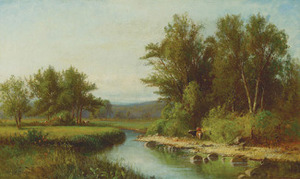
 One key quote comes from Mary Pat Matheson, executive director of the Atlanta Botanical Garden: “We’re not just looking for gardeners anymore; We’re looking for people who go to art museums and zoos.”
One key quote comes from Mary Pat Matheson, executive director of the Atlanta Botanical Garden: “We’re not just looking for gardeners anymore; We’re looking for people who go to art museums and zoos.” 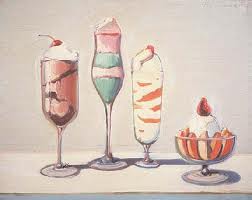 But let’s substitute, and suppose someone said, “Most museums would feel that displaying art is necessary, but not sufficient.” I begin to have troubles.
But let’s substitute, and suppose someone said, “Most museums would feel that displaying art is necessary, but not sufficient.” I begin to have troubles. 